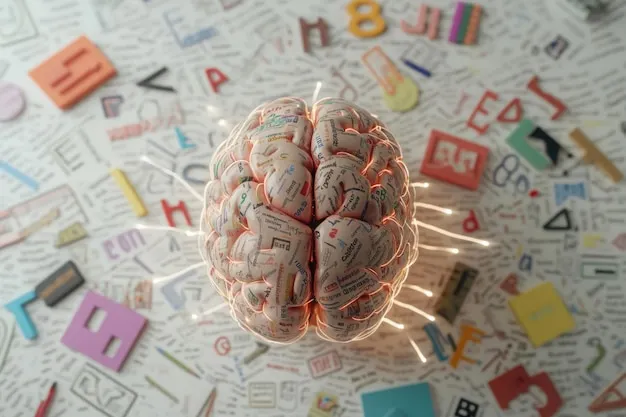Welcome to The Cognitive Catalyst, a blog dedicated to sharpening your mind with innovative, accessible, and practical thinking methods. Whether you’re a student, a professional, or simply someone who wants to think better, these strategies are designed to work for everyone. Consistency is paramount. Small, consistant actions will produce sustainable results. Start today!
1. The “Reverse Assumption” Technique
Most people think in a linear way: If A, then B. But what if you flipped your assumptions upside down?
How to do it:
- Take a problem you’re facing.
- Write down all your assumptions about it.
- Reverse each assumption and ask: What if the opposite were true?
Example:
- Assumption: “I need money to start a business.”
- Reverse: “What if I could start a business with no money?”
- Possible Answer: Barter services, use free tools (Canva, Google Docs), or pre-sell before building.
Resources:
2. The “5 Whys” Method (Free & Powerful)
A simple but brutal way to dig into root causes—just keep asking “Why?” until you hit the core issue.
How to do it:
- Problem: “I’m always tired.”
- Why? “Because I don’t sleep well.”
- Why? “Because I scroll on my phone before bed.”
- Why? “Because I feel anxious.”
- Why? “Because I don’t plan my next day.”
Solution: Start a 5-minute evening planning habit.
Resources:
3. The “Foreign Language” Brain Hack
Learning even basic phrases in another language rewires your brain for better problem-solving.
How to do it:
- Spend 5 minutes/day on Duolingo or Memrise.
- Practice thinking of objects in another language.
Why it works: It forces your brain to break out of automatic thinking.
Free Resources:
4. The “Stolen Idea Journal”
Great thinkers steal (and remix) ideas. Keep a notebook where you collect interesting concepts from books, conversations, or random observations.
How to do it:
- Write down one “stolen” idea per day.
- Every week, combine two unrelated ideas to spark innovation.
Example:
- “Uber’s model + Elderly care = On-demand helpers for seniors?”
Resources:
5. The “Worst-Case Scenario” Game
Anxiety often comes from avoiding hard truths. Instead, lean into them.
How to do it:
- What’s the worst that could happen?
- How likely is it?
- How would you recover?
Example:
- “What if I lose my job?” → “I’d cut expenses, freelance, or learn a new skill.”
- Now, the fear loses power.
Resources:
Final Thought: Thinking Should Be Playful
The best cognitive strategies don’t feel like work—they feel like curiosity-driven experiments. Try one of these this week and see what shifts. You can do it!




